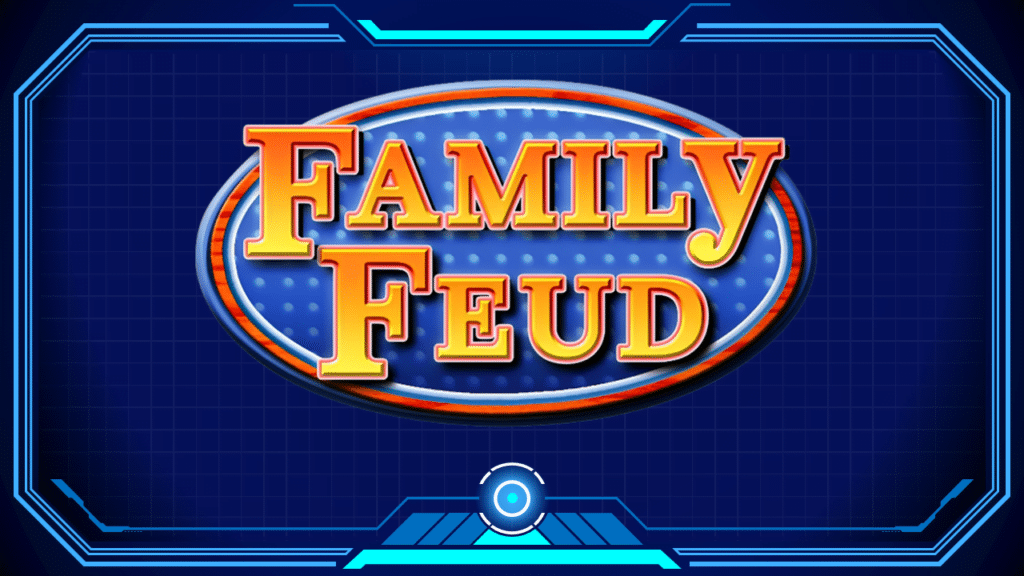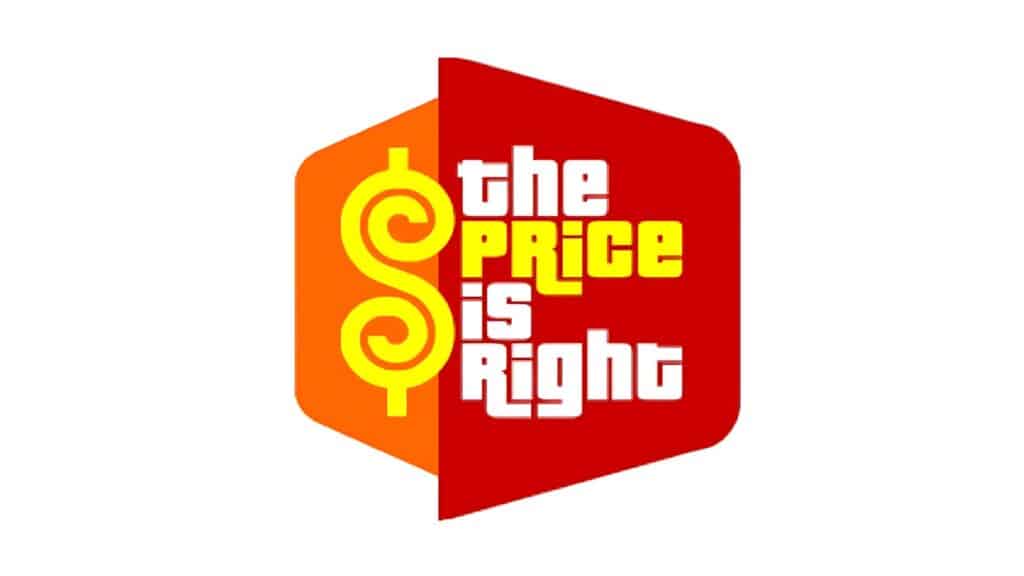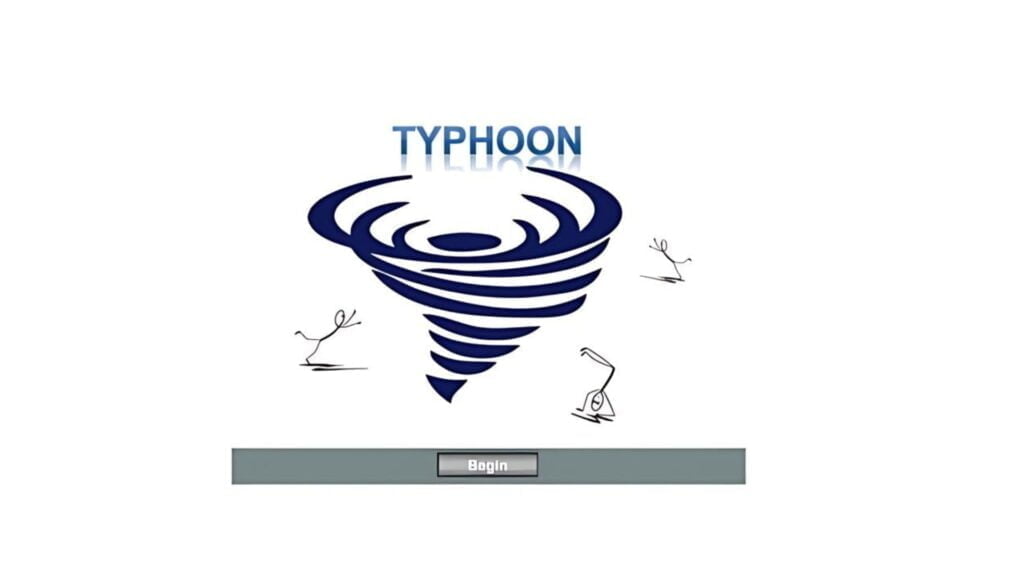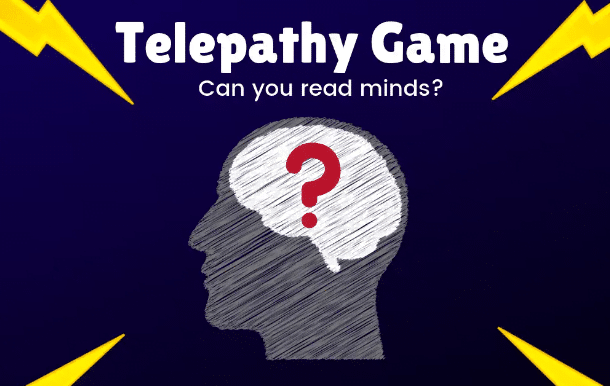We all know how challenging it can be to keep students focused and engaged during lessons. Many teachers face this challenge daily. But what if we told you there’s a fun way to turn this around?
PowerPoint games are the secret weapon you’ve been looking for. They’re not just entertaining – they’re powerful tools that can transform your classroom into a hub of excitement and learning.
This blog will share PowerPoint games that work wonders for all ages. From quick warm-ups to in-depth review sessions, these games will help you capture attention, boost participation, and make learning a blast.
Get ready to learn how these simple yet effective tools can breathe new life into your lessons and keep your students returning for more.
15+ Exciting PowerPoint Games

1. Jeopardy PowerPoint Game

Jeopardy is a quiz game that challenges players to answer questions from various categories. Each question has a point value, and players must select the correct answer to earn those points.
This game is great for testing knowledge on various topics, making it versatile for educational or casual play.
- How to play: Players take turns selecting a category and a point value, then attempt to answer the corresponding question correctly to earn points.
- Number of players: 2 or more players or teams.
2. Family Feud PowerPoint Game

Family Feud is a team-based quiz game where players guess the most popular answers to survey questions. The goal is to match the answers given by a majority of people surveyed.
This game is known for its competitive spirit and is ideal for classroom and family gatherings.
- How to play: Teams take turns guessing the top answers to survey questions. Points are awarded based on the number of people who gave the same response.
- Number of players: 4 or more, typically divided into two teams.
3. Wheel of Fortune PowerPoint Game

Wheel of Fortune is a puzzle game where players spin a wheel to determine their turn’s point value and then guess letters to solve a word or phrase puzzle. This game blends luck with knowledge, making it both exciting and challenging.
- How to play: Players take turns spinning the wheel, guessing letters, and trying to solve the puzzle. Points are earned based on the letters guessed and the wheel spin.
- Number of players: 2 or more players.
4. Who Wants to Be a Millionaire?

Who Wants to Be a Millionaire? is a quiz game where players answer multiple-choice questions with increasing difficulty. The goal is to answer all questions correctly to win the top prize. The game’s suspenseful format keeps players on the edge of their seats.
- How to play: Players answer a series of questions, each with four possible answers. The game progresses as players choose the correct answer, with lifelines available for help.
- Number of players: 1 or more players.
5. Hidden Picture Game

Hidden Picture is a guessing game where players find parts of an image hidden behind shapes. The objective is to guess the picture before all the shapes are removed. This game sharpens observation skills and is great for younger audiences.
- How to play: Players take turns selecting shapes to reveal parts of the hidden picture. The first player to correctly guess the image wins.
- Number of players: 2 or more players.
6. Memory Matching Game

Memory Matching is a classic game where players flip cards to find matching pairs. This game tests memory and concentration and is suitable for all ages. It’s particularly effective as a fun educational tool for younger children.
- How to play: Players take turns flipping two cards at a time, trying to find matching pairs. The player with the most pairs at the end wins.
- Number of players: 2 or more players.
7. Race to Mars

Race to Mars is a space-themed game where players answer questions to move their rockets closer to the planet. The first player to reach Mars wins. This game combines knowledge with a fun, competitive element, making it enjoyable for various age groups.
- How to play: Players answer questions correctly to advance their rockets. The first to reach Mars is the winner.
- Number of players: 2 or more players.
8. Mystery Box Game

Mystery Box is a game of strategy and luck in which players answer questions to earn or swap boxes, each containing different point values. The goal is to accumulate the highest score by the end of the game, which adds a layer of suspense and excitement.
- How to play: Players answer questions to earn a mystery box. They can choose to keep it or swap it with another player, adding an element of surprise.
- Number of players: 2 or more players.
9. Soccer PowerPoint Game

Soccer PowerPoint Game is a team-based competition where players answer questions to “kick” the ball closer to the goal. The team that scores the most goals wins. This game is perfect for sports enthusiasts and adds a fun twist to learning.
- How to play: Teams answer questions correctly to move the ball closer to the goal. The first team to score wins.
- Number of players: 4 or more players, divided into two teams.
10. Halloween Race Game

Halloween Race Game is a themed race where players answer spooky questions to advance their characters toward Halloween candy. The player who reaches the candy first wins. This game is perfect for holiday-themed classroom activities.
- How to play: Players answer Halloween-themed questions to advance their character toward the candy. The first to reach the candy wins.
- Number of players: 2 or more players.
11. The Price is Right

The Price is Right is a game where players guess the price of various items without exceeding the actual cost. This game combines knowledge with strategy, making it both fun and educational.
- How to play: Players take turns guessing the price of an item. The closest guess without exceeding the actual price wins.
- Number of players: 2 or more players.
12. Typhoon PowerPoint Game

Typhoon is a high-risk game in which players answer questions to score points. The game’s twist is the “typhoon,” which can wipe out all earned points. This game is unpredictable and adds an extra layer of excitement.
- How to play: Players answer questions to score points but must avoid the typhoons that can erase their score. The player with the highest points at the end wins.
- Number of players: 2 or more players.
13. Top Five Quiz

Top Five Quiz is a game where players guess the top five answers to a question. Points are awarded based on how popular their answers are. This game encourages critical thinking and is suitable for both group play and individual competition.
- How to play: Players write down their guesses, and points are awarded if their answer is among the top five. The player or team with the most points wins.
- Number of players: 2 or more players.
14. Only Connect Game

Only Connect is a challenging game where players must connect seemingly unrelated clues to form a connection. This game requires deep thinking and is ideal for older students or more advanced players.
- How to play: Players are given a series of clues, and the connection between them must be determined. The first to find the connection wins.
- Number of players: 2 or more players.
15. Sleeping Penguins

Sleeping Penguins is a collaborative game where teams work together to answer questions and keep their penguins awake. This game emphasizes teamwork and is particularly engaging for younger audiences.
- How to play: Teams answer questions together, and correct answers keep their penguins awake. The team with the most awake penguins wins.
- Number of players: 4 or more players divided into teams.
16. Telepathy Game

Telepathy Game is a guessing game in which players try to “read the teacher’s mind” and guess the correct answer. It is simple yet challenging, making it a fun classroom activity.
- How to play: The teacher presents a question, and players write down the correct answer. The closest guess wins.
- Number of players: 2 or more players.
17. Deal or No Deal

Deal or No Deal is a game of risk and reward in which players choose briefcases containing different amounts of points. They must decide whether to take a deal or continue playing to maximize their score.
- How to play: Players select briefcases and decide whether to accept a deal or continue to try for higher points. The player with the highest points at the end wins.
- Number of players: 1 or more players.
18. Cash Cab Game

Cash Cab Game is a quiz game in which players answer questions to move closer to their destination. It is modeled after the popular TV show and adds an element of excitement to learning.
- How to play: Players answer questions correctly to continue moving forward. The first to reach the destination wins.
- Number of players: 2 or more players.
Conclusion
So, what’s next? Now that you’ve got these PowerPoint games up your sleeve, it’s time to implement them.
Pick one that fits your lesson and try it. You might be astonished at how quickly your students perk up and get involved.
Remember, these games aren’t just about having fun—about making learning stick. They help students remember what they’ve learned more effectively than simple memorization.
Why not start small? Choose a game that looks easy to set up and test in your next class. As you get more comfortable, you can try more complex games.
Your students will thank you, and you might enjoy the teaching process even more. Ready to get started?




